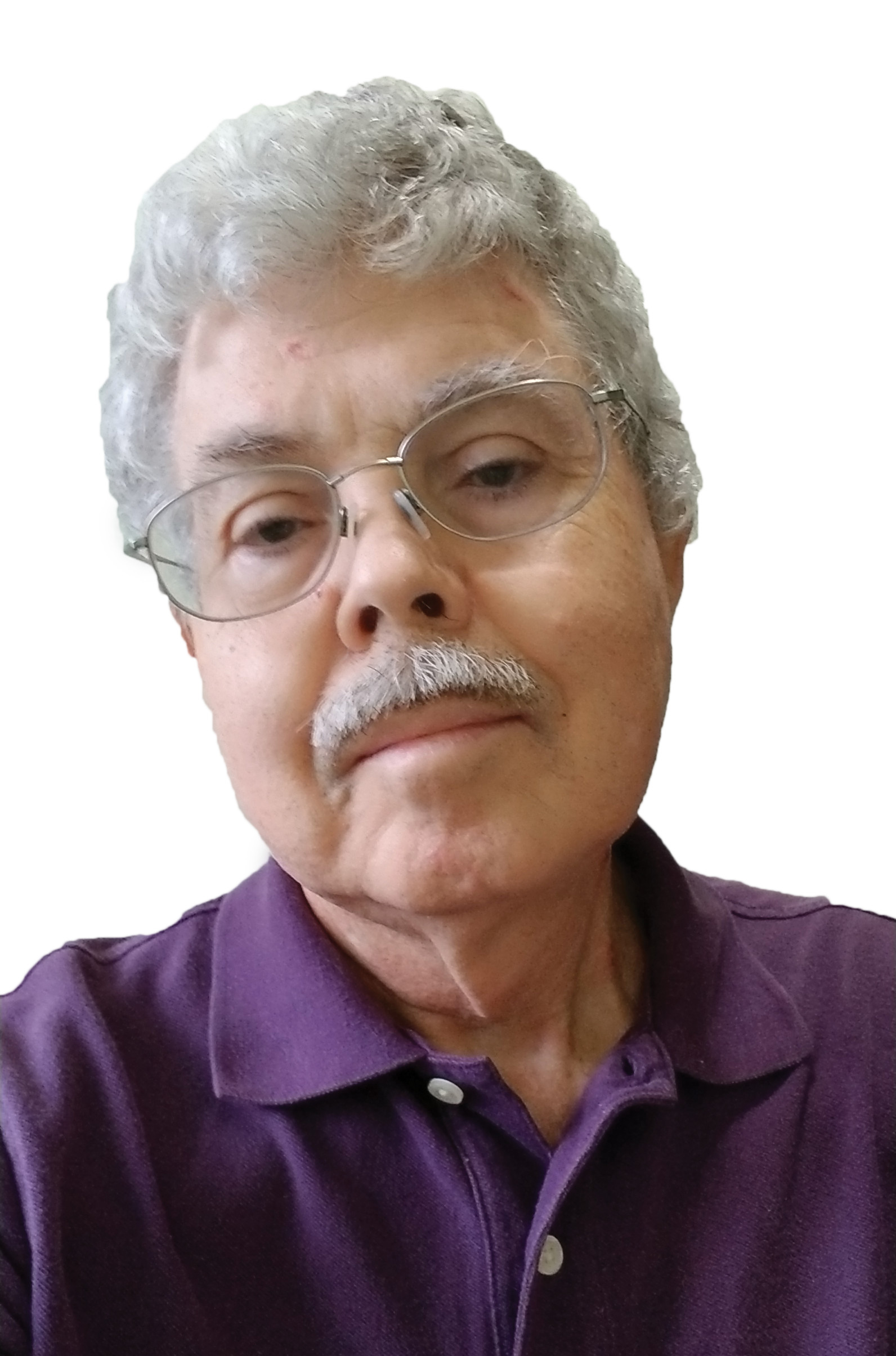The idea of using a particle or object's motion to detect RF isn't new, the first radio receivers used acoherer to detect radio waves. Metal filings completed a circuit when RF was present. A small tapper then broke the circuit, allowing Morse code signals to be demodulated. Eugene Polzik, professor and head of the research center Quantop at the Niels Bohr Institute at the University of Copenhagen, and his team have come up with a much more sensitive detector for RF using a laser beam and a nanomembrane capacitor.
The detector relies on optomechanics, a complex interaction between a mechanical movement and optical radiation. An antenna picks up the radio waves and transfers them to a nanomembrane capacitor which is in turn read by a laser beam. The nanomembrane is made of silicon nitrate and coated with a thin layer of aluminum and is encased in a vacuum chamber.
Polzik and his team found that this combination responds as if it had been cooled down to two degrees Kelvin, even though it operates at room temperature.
Research Assistant Professor Albert Schliesser, who coordinated the experiments, explained: "In our system, one metal plate in the capacitor is replaced by a 50-nanometer thick membrane [a nanometer is a millionth of a millimeter]. It is this nanomembrane that allows us to make ultrasensitive measurements without cooling the system."
The RF signal produces fluctuations in the membrane that are read optically using the laser beam. There are only three sources of noise: electrical noise in the antenna, mechanical thermal noise in the membrane, and the quantum noise of the light.
"This membrane is an extremely good oscillator and that is why it is so ultrasensitive," said Polzik. "At room temperature, it works as effectively as if it was cooled down to minus 271 C and we are working to get it even closer to minus 273 degrees C, which is the absolute minimum. In addition, it is a huge advantage to use optical detection, as instead of using ordinary copper wires to transmit the signal, you can use fiber optic cables, where there is no energy loss."
The Niels Bohr Institute Press Release has more details on the experiment and potential uses of the technology.
The professional video industry's #1 source for news, trends and product and tech information. Sign up below.

Doug Lung is one of America's foremost authorities on broadcast RF technology. As vice president of Broadcast Technology for NBCUniversal Local, H. Douglas Lung leads NBC and Telemundo-owned stations’ RF and transmission affairs, including microwave, radars, satellite uplinks, and FCC technical filings. Beginning his career in 1976 at KSCI in Los Angeles, Lung has nearly 50 years of experience in broadcast television engineering. Beginning in 1985, he led the engineering department for what was to become the Telemundo network and station group, assisting in the design, construction and installation of the company’s broadcast and cable facilities. Other projects include work on the launch of Hawaii’s first UHF TV station, the rollout and testing of the ATSC mobile-handheld standard, and software development related to the incentive auction TV spectrum repack. A longtime columnist for TV Technology, Doug is also a regular contributor to IEEE Broadcast Technology. He is the recipient of the 2023 NAB Television Engineering Award. He also received a Tech Leadership Award from TV Tech publisher Future plc in 2021 and is a member of the IEEE Broadcast Technology Society and the Society of Broadcast Engineers.
